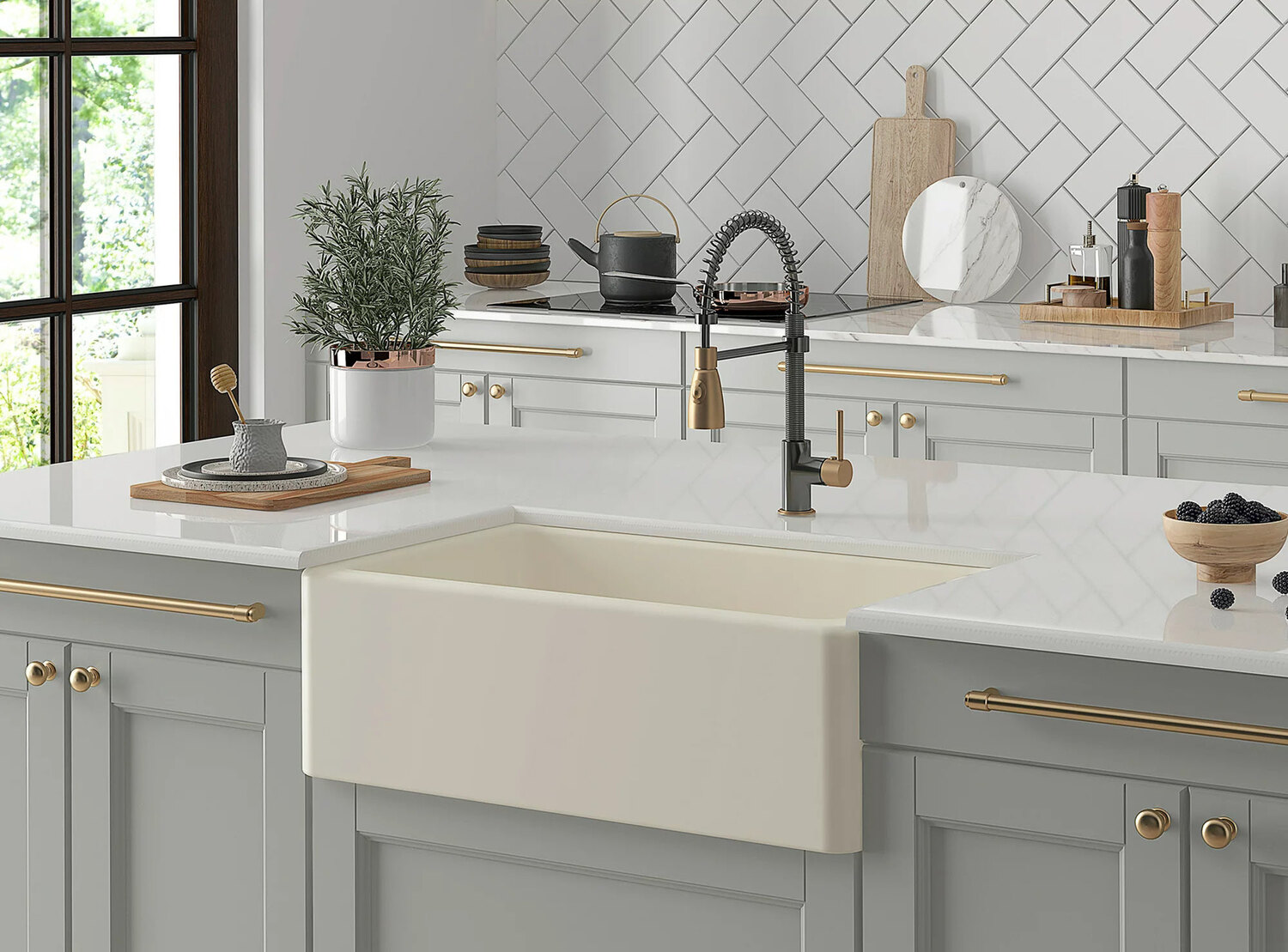

Articles
What Size Sink Fits A 30-Inch Cabinet?
Modified: March 2, 2024
Looking for articles on what size sink to choose for a 30-inch cabinet? Find helpful tips and recommendations here to make the right decision.
(Many of the links in this article redirect to a specific reviewed product. Your purchase of these products through affiliate links helps to generate commission for Storables.com, at no extra cost. Learn more)
Introduction
When it comes to choosing a sink for your 30-inch cabinet, size matters. The right sink size not only enhances the functionality of your kitchen or bathroom but also adds an aesthetic appeal to the overall design. However, with so many options available on the market, it can be overwhelming to find the perfect fit for your cabinet.
In this article, we will explore the importance of sink size, factors to consider when choosing a sink, standard sink sizes for 30-inch cabinets, the difference between single bowl and double bowl sinks, the types of sink materials available, and ultimately, how to make the right choice for your space.
Whether you’re remodeling your kitchen or upgrading your bathroom vanity, understanding the relationship between sink size and cabinet size is crucial. It not only ensures a seamless installation process but also guarantees optimal functionality and prevents unnecessary headaches down the line.
So, let’s dive into the world of sink sizes and discover the perfect fit for your 30-inch cabinet!
Key Takeaways:
- Sink size directly impacts functionality and aesthetics. Consider available space, intended use, and personal preference when choosing between single and double bowl sinks for your 30-inch cabinet.
- Understanding sink materials is crucial. Stainless steel, composite, fireclay, cast iron, and natural stone offer unique benefits. Choose a material that aligns with your style and maintenance needs for a cohesive design.
Read more: What Size Sink For 36 Inch Cabinet
Why Sink Size Matters
The size of your sink plays a vital role in the overall functionality and aesthetics of your kitchen or bathroom. Here are a few reasons why sink size matters:
- Workstation Efficiency: A properly sized sink allows for efficient workflow and multitasking. Having enough space to wash, rinse, and prep ingredients makes kitchen tasks much more manageable. In the bathroom, a spacious sink accommodates basic personal hygiene tasks with ease.
- Cabinet Protection: Choosing the correct sink size ensures proper installation and protects the surrounding cabinet from water damage. A sink that is too small may result in water splashing onto the countertop or cabinet, leading to discoloration, warping, or even mold growth.
- User Comfort: The size of the sink directly affects user comfort. A larger sink basin allows for easier cleanup and washing of larger items, while a narrower sink may impede the ability to perform essential tasks comfortably. The right size sink can reduce strain on your back and hands, making your kitchen or bathroom experience more enjoyable.
- Aesthetic Appeal: The size of the sink should complement the overall design of your space. A sink that is too small or too large can throw off the visual balance and disrupt the aesthetic harmony. Selecting a sink that is proportionate to your cabinet creates a cohesive and visually appealing look.
By considering these factors, you can see why choosing the right sink size is crucial. It not only improves the functionality of your kitchen or bathroom but also ensures a visually pleasing and harmonious design.
Factors to Consider
When choosing the right sink size for your 30-inch cabinet, several factors should be taken into consideration:
- Available Space: Measure the available space in your cabinet carefully. Consider the width, depth, and height of the cabinet to determine the maximum size of the sink that can comfortably fit.
- Intended Use: Think about how you plan to use the sink. If you often wash large pots and pans, a deeper and wider sink may be preferable. For general daily use, a standard-sized sink should suffice.
- Kitchen or Bathroom: The size of the sink may vary depending on whether you are installing it in the kitchen or bathroom. Kitchen sinks are typically larger, accommodating various cooking and cleaning tasks.
- Plumbing Considerations: Take into account the location of plumbing connections, such as drain pipes and water supply lines. Ensure that the sink you choose has proper clearance for these connections and that installation will be feasible.
- Countertop Material: Consider the type of countertop material you have or plan to install. Some materials, such as granite or quartz, may require additional support if a larger, heavier sink is chosen.
- Personal Preference: Ultimately, personal preference plays a significant role in selecting the right sink size. Consider your lifestyle, habits, and design preferences to find the perfect fit for your needs.
By taking these factors into account, you can narrow down your options and make an informed decision when selecting the sink size for your 30-inch cabinet. Planning ahead and considering these aspects will ensure a cohesive and functional design for your kitchen or bathroom space.
Standard Sink Sizes for 30 Inch Cabinets
Standard sink sizes for 30-inch cabinets typically range from 27 to 29 inches in width. The width measurement refers to the outer dimensions of the sink, including any lip or rim. The sink depth can vary depending on the model and style, but it is typically around 7 to 10 inches.
Single bowl sinks are the most common type of sink for 30-inch cabinets. They provide a single, large basin for everyday tasks, such as washing dishes or preparing food. The width of a single bowl sink for a 30-inch cabinet is typically around 24 to 26 inches, which allows for ample space while still leaving room for installation and countertop overhang.
In addition to single bowl sinks, you may also consider double bowl sinks. These sinks provide two separate basins, which can be convenient for multitasking or separating tasks. The width of each bowl in a double bowl sink for a 30-inch cabinet is typically around 13 to 15 inches, providing a total width of 26 to 30 inches.
It’s important to note that these measurements are general guidelines, and the exact dimensions may vary depending on the manufacturer and sink model. It’s always recommended to consult the specifications provided by the sink manufacturer to ensure compatibility with your cabinet and countertop.
When selecting a sink size, consider the size of your dishes, pots, and pans to ensure they can fit comfortably within the basin. Additionally, think about your workflow and how you typically use the sink to determine if a single or double bowl sink would be more suitable for your needs.
By understanding the standard sink sizes for 30-inch cabinets and considering your specific requirements, you can find a sink that fits perfectly within your space and enhances the functionality of your kitchen or bathroom.
When choosing a sink for a 30-inch cabinet, consider a single bowl sink that is 25-27 inches wide to allow for proper installation and functionality. Be sure to measure the cabinet and consider any additional accessories or features you may want.
Single Bowl vs. Double Bowl Sinks
When deciding between a single bowl or double bowl sink for your 30-inch cabinet, it’s important to consider your specific needs and preferences. Here are some factors to consider when comparing single bowl and double bowl sinks:
- Space and Functionality: A single bowl sink offers a larger and uninterrupted basin, providing ample space for washing large pots, pans, and dishes. It is ideal for those who prefer simplicity and need maximum space for specific tasks. Conversely, a double bowl sink provides the convenience of separate basins, allowing for multitasking and the separation of tasks, such as washing and rinsing simultaneously.
- Task Flexibility: The single bowl sink is well-suited for tasks that require a larger surface area, such as soaking and cleaning larger items. On the other hand, the double bowl sink allows for multitasking, as one basin can be used for food preparation while the other is used for cleaning or rinsing dishes.
- Style and Design: The choice between a single bowl or double bowl sink can also be influenced by the overall style and design of your kitchen or bathroom. Single bowl sinks tend to have a sleek and minimalist look, creating a clean and modern aesthetic. Double bowl sinks often have a more traditional look and can add a touch of charm and character to your space.
- Space Utilization: Consider the available countertop space in your kitchen or bathroom. If you have limited counter space, a single bowl sink may be more practical as it allows for maximum utilization of the available area. However, if you have ample counter space and prefer the flexibility of separate basins, a double bowl sink might be the better option.
- Plumbing Considerations: Double bowl sinks require additional plumbing connections, which may affect the overall installation process and cost. Ensure that your plumbing system can accommodate the additional connections and that your cabinet has enough space to accommodate the plumbing requirements.
Ultimately, the choice between a single bowl or double bowl sink comes down to personal preference, functional needs, and the design aesthetic you want to achieve. Consider how you use your sink on a daily basis, the tasks you perform most frequently, and the overall style of your space to make the right decision for your 30-inch cabinet.
Read more: What Size Sink For 36 Inch Cabinet
Types of Sink Materials
When choosing a sink for your 30-inch cabinet, it’s important to consider the material it is made from. The material not only impacts the durability and longevity of the sink but also its overall aesthetic appeal. Here are some common types of sink materials to consider:
- Stainless Steel: Stainless steel is a popular choice for sinks due to its durability, resistance to stains, and easy maintenance. It is a versatile material that complements a variety of kitchen styles and is available in different finishes. Stainless steel sinks are also lightweight and affordable.
- Composite: Composite sinks are made from a mixture of materials, including quartz, granite, or acrylic. They offer the durability and strength of natural stone with the added benefit of being more resistant to scratches and stains. Composite sinks come in a range of colors and styles and provide a modern and sophisticated look.
- Fireclay: Fireclay sinks are made from a mixture of clay and glaze, which is fired at high temperatures to create a durable and glossy finish. These sinks are known for their classic and timeless design and are highly resistant to chipping, scratching, and staining.
- Cast Iron: Cast iron sinks are known for their durability and heat resistance. They are made from an enamel-coated cast iron material that provides a glossy and sleek finish. Cast iron sinks are available in a variety of colors but can be heavier and more expensive than other sink materials.
- Natural Stone: Natural stone sinks, such as granite or marble, offer a luxurious and unique look to your kitchen or bathroom. However, they require regular sealing to prevent staining and can be more susceptible to scratches and chips than other materials.
Each sink material has its own advantages and considerations. It’s important to choose a material that aligns with your style preferences, maintenance requirements, and budget. Additionally, consider how well the material will integrate with your countertop material, as cohesive coordination can greatly enhance the overall design of your space.
By understanding the different types of sink materials and their characteristics, you can make an informed decision when selecting the material for your sink, ensuring that it meets both your functional and aesthetic needs.
Choosing the Right Sink Size
Choosing the right sink size for your 30-inch cabinet is crucial for achieving optimal functionality and aesthetics in your kitchen or bathroom. Here are some steps to guide you in selecting the right sink size:
- Measure: Start by measuring the interior dimensions of your cabinet carefully. Measure the width, depth, and height of the cabinet to determine the maximum size sink that can comfortably fit.
- Determine Your Needs: Consider your lifestyle and how you plan to use the sink. Do you frequently wash large pots and pans? Or do you mainly use the sink for everyday tasks like washing dishes and preparing food? Understanding your needs will help you determine the size and style of sink that will best suit your requirements.
- Consider Ergonomics: Think about your comfort when using the sink. The sink should be at a height that allows you to work without straining your back. Additionally, consider the depth and width of the sink to ensure that it provides enough space for washing and rinsing comfortably.
- Decide on Single or Double Bowl: Determine whether you prefer a single bowl or double bowl sink. A single bowl sink provides a larger, uninterrupted space for tasks like washing large items, while a double bowl sink offers the convenience of separating tasks and multitasking.
- Think About the Countertop Material: Consider the type of countertop material you have or plan to install. Some materials may require additional support for heavier sinks. Ensure that the sink size you choose is compatible with your countertop material and installation requirements.
- Visual Harmony: Select a sink size that complements the overall design aesthetics of your kitchen or bathroom. The sink should be proportionate to the cabinet size and style, creating a harmonious and visually pleasing look.
Remember, there is no one-size-fits-all approach when it comes to choosing the right sink size. It ultimately depends on your specific needs, preferences, and the constraints of your space. By considering these factors and following these steps, you can make an informed decision and find the perfect sink size for your 30-inch cabinet.
Conclusion
Choosing the right sink size for your 30-inch cabinet is a crucial step in creating a functional and visually appealing kitchen or bathroom. By considering factors such as available space, intended use, plumbing considerations, and personal preferences, you can make an informed decision that meets your needs.
Whether you opt for a single bowl or double bowl sink, it’s important to prioritize efficiency, comfort, and style. A well-sized sink enhances workflow, protects the surrounding cabinet, and adds aesthetic appeal to your space.
Take the time to explore various sink materials, such as stainless steel, composite, fireclay, cast iron, and natural stone, to find a material that aligns with your design vision and maintenance requirements.
Remember that the right sink size should integrate seamlessly with your countertop, offer adequate space for daily tasks, and create a balanced visual composition within your kitchen or bathroom.
By considering all these factors and following the steps outlined in this article, you can confidently select the perfect sink size for your 30-inch cabinet. It will not only enhance the functionality of your space but also elevate its overall aesthetic appeal.
So, take the plunge and dive into the world of sink sizes to transform your kitchen or bathroom into a functional and beautiful oasis!
Frequently Asked Questions about What Size Sink Fits A 30-Inch Cabinet?
Was this page helpful?
At Storables.com, we guarantee accurate and reliable information. Our content, validated by Expert Board Contributors, is crafted following stringent Editorial Policies. We're committed to providing you with well-researched, expert-backed insights for all your informational needs.
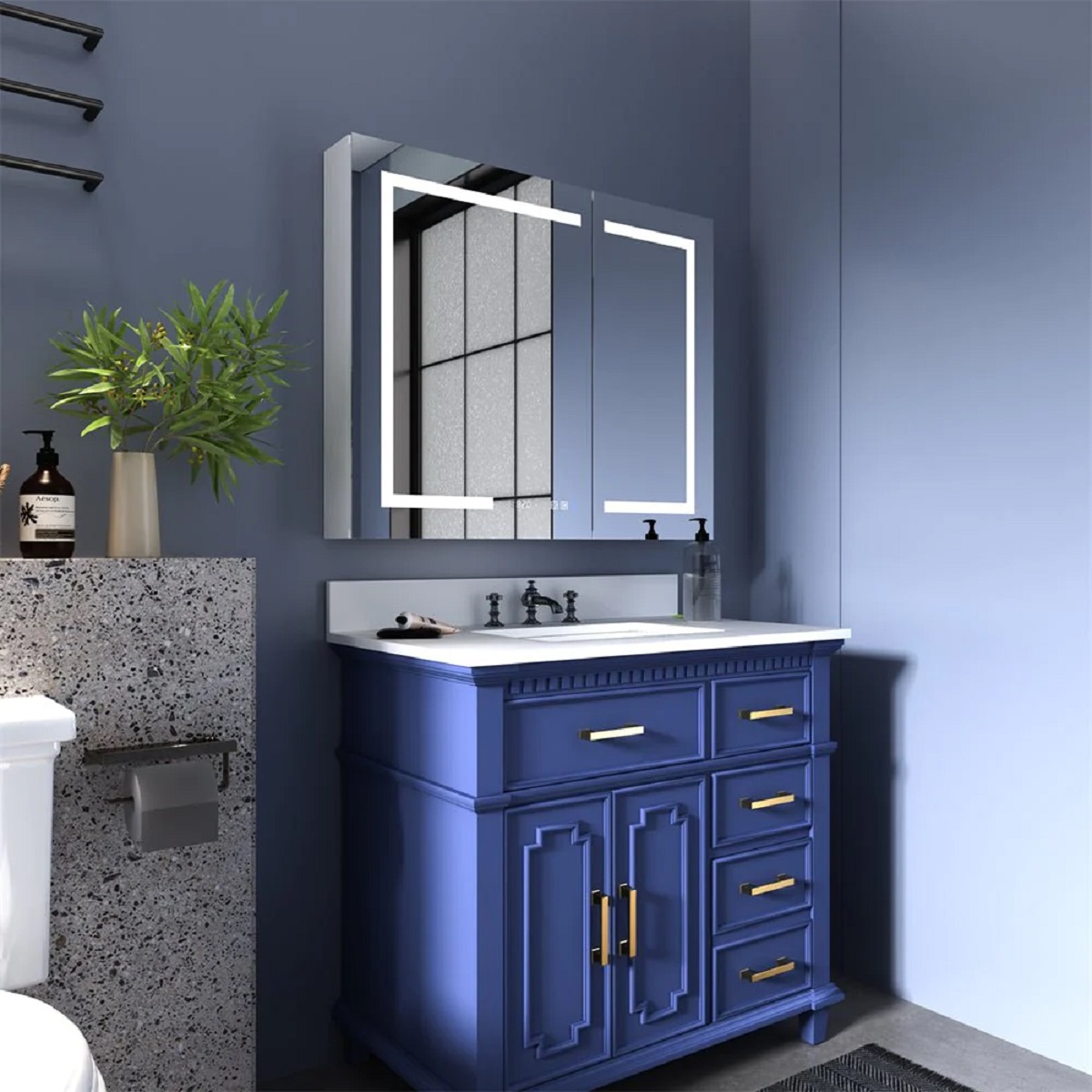
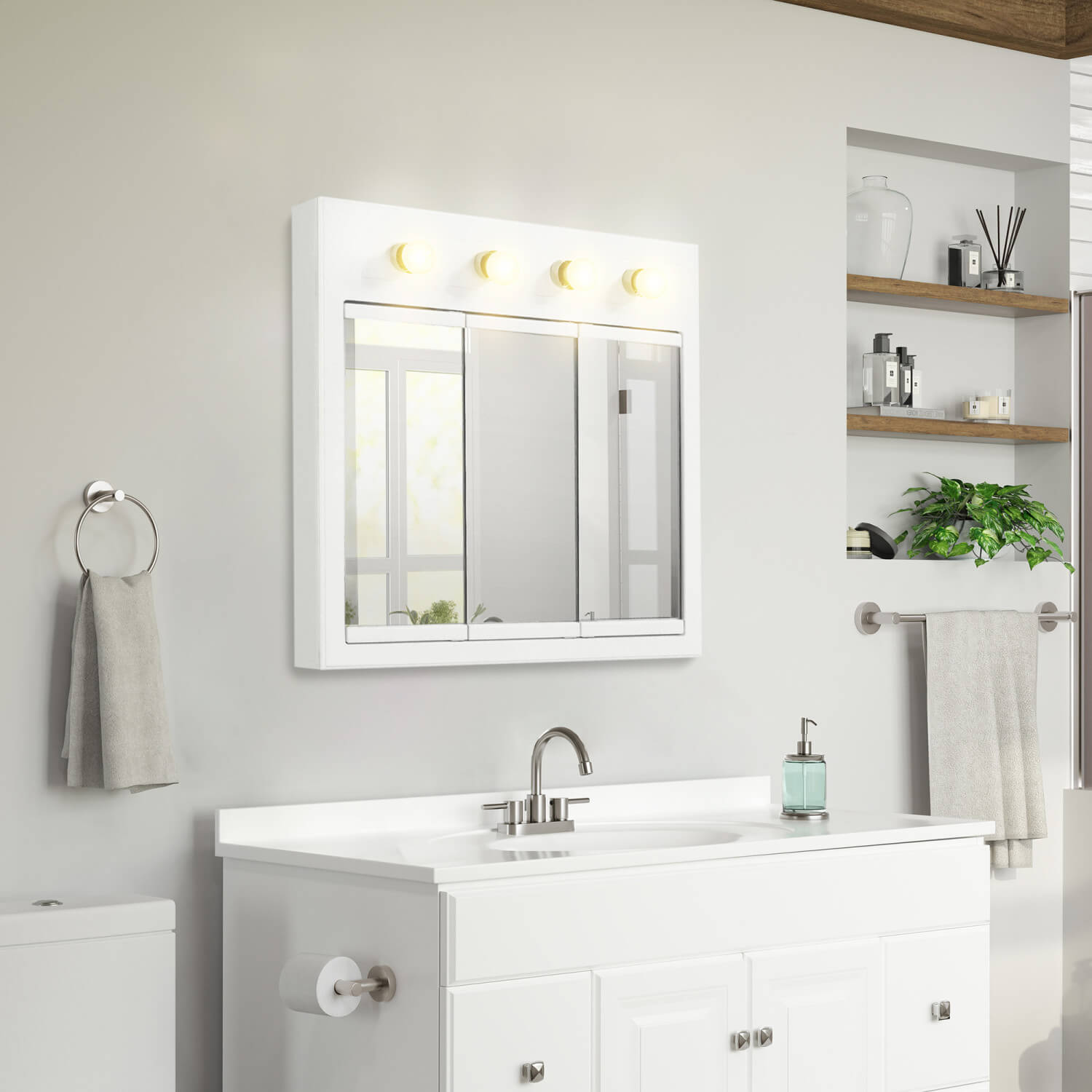
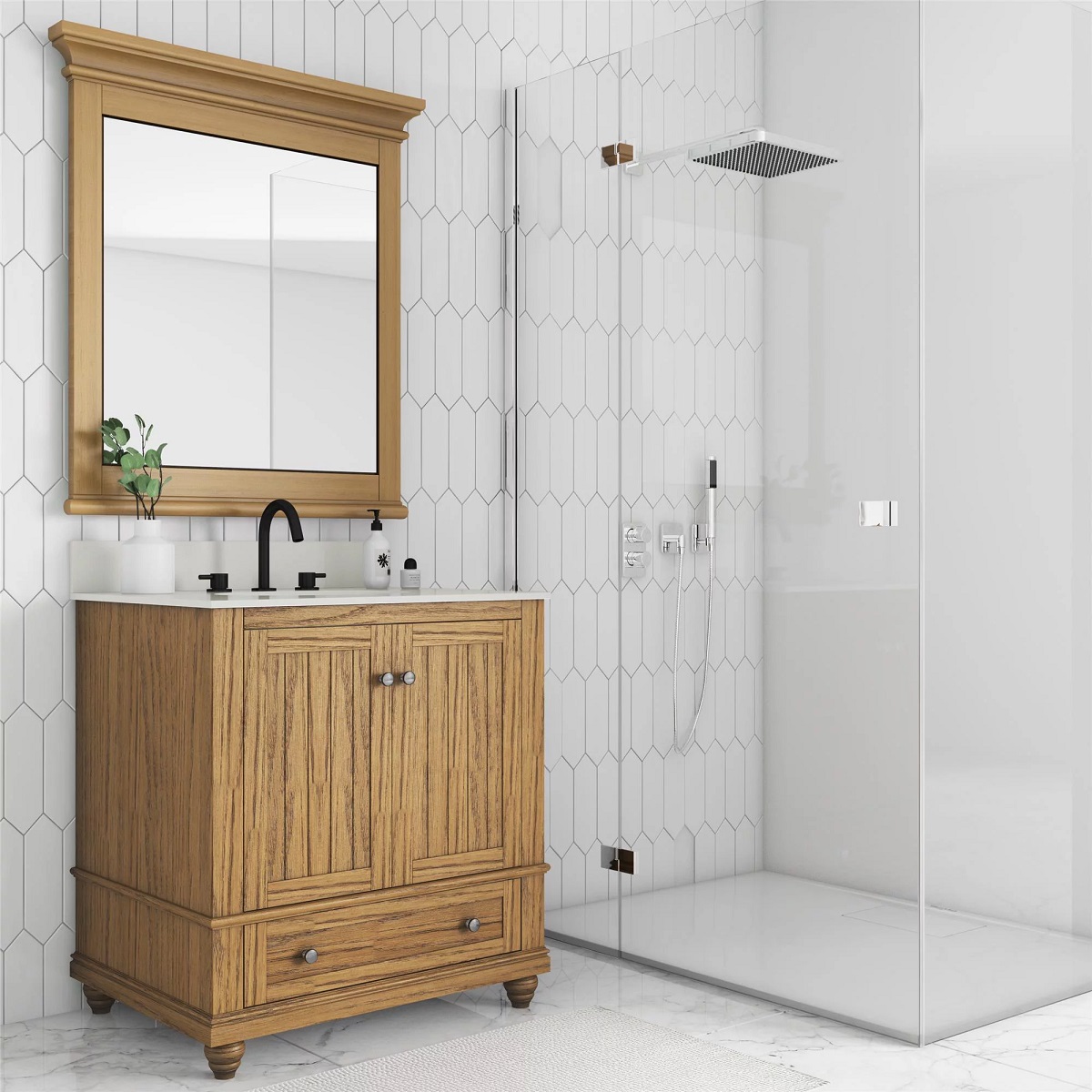
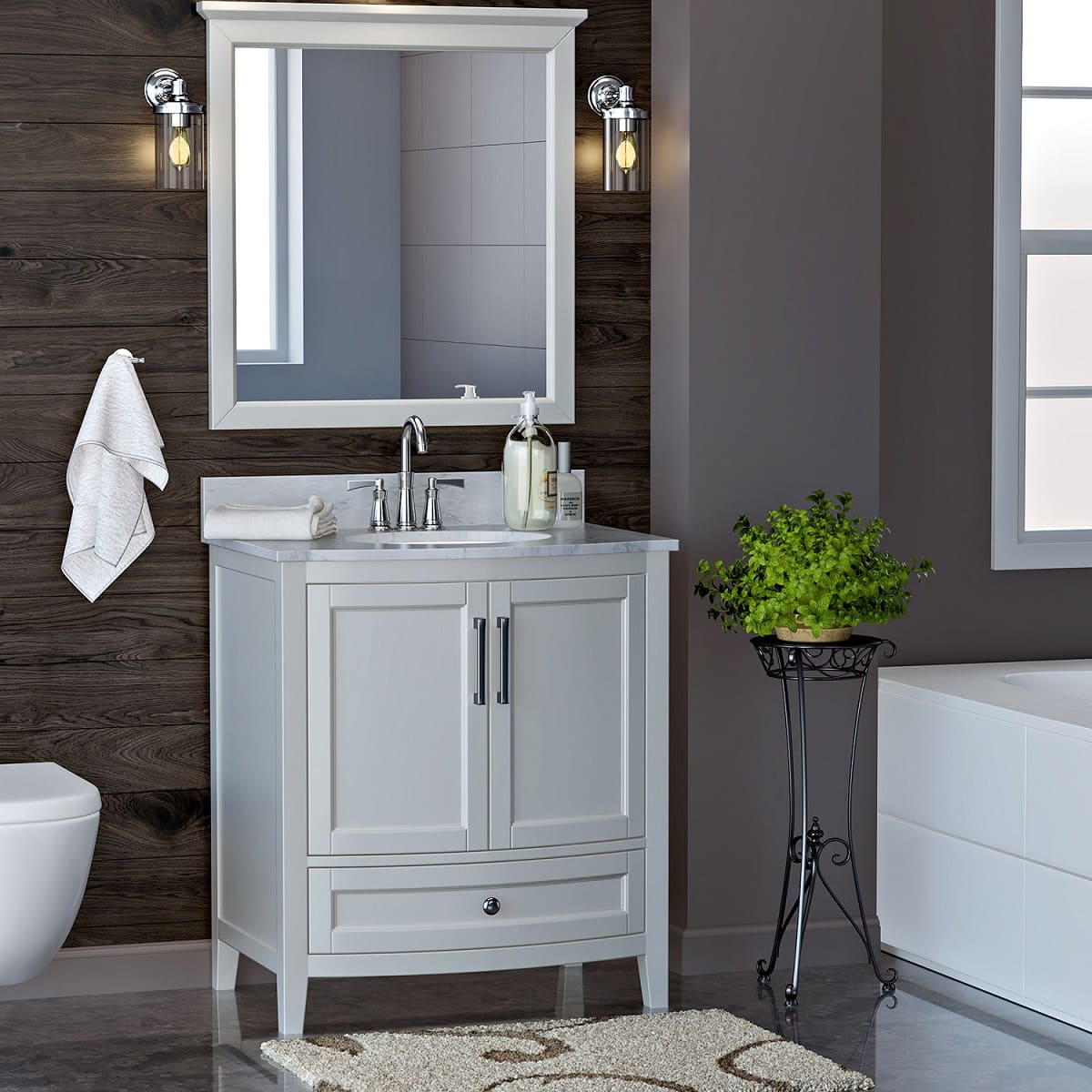
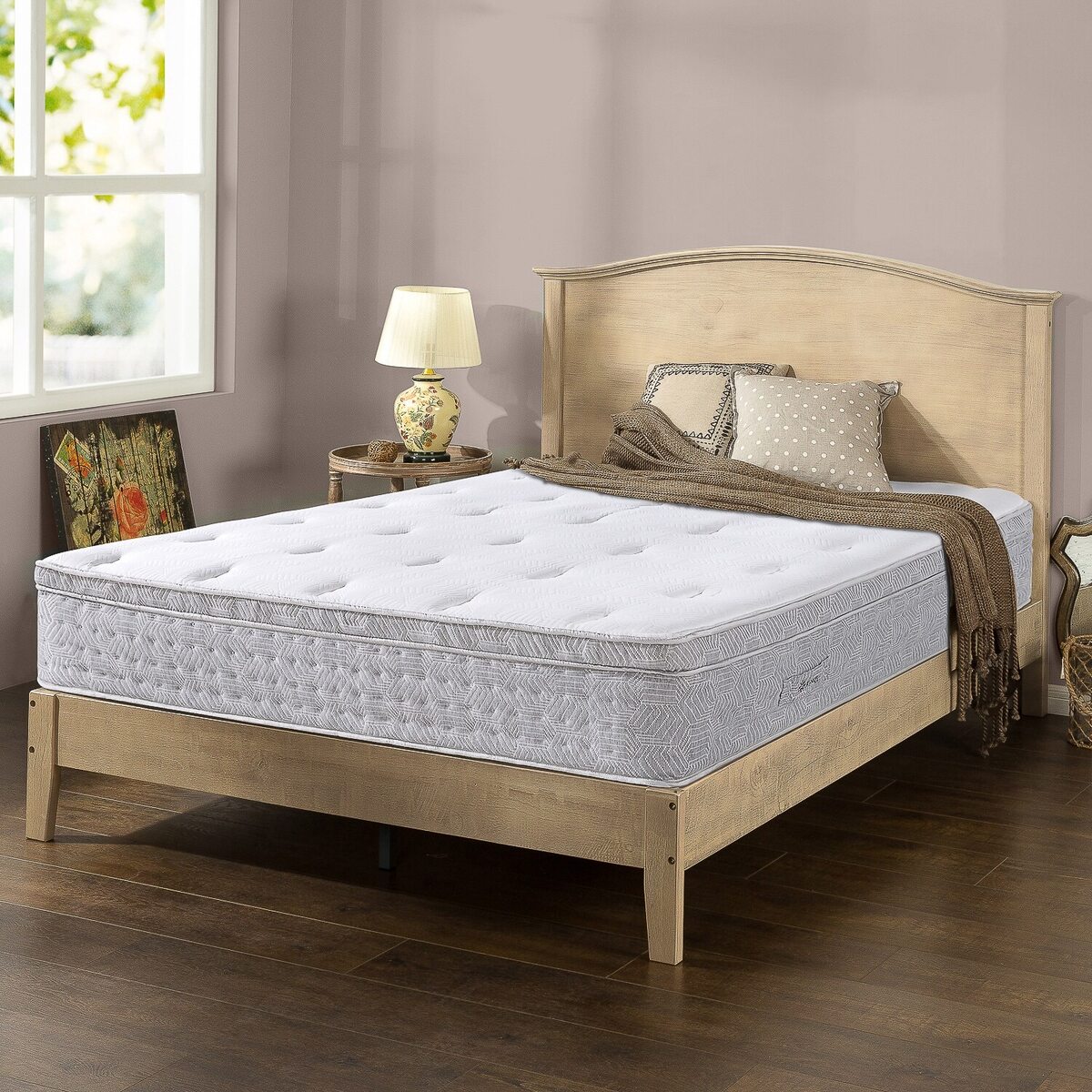
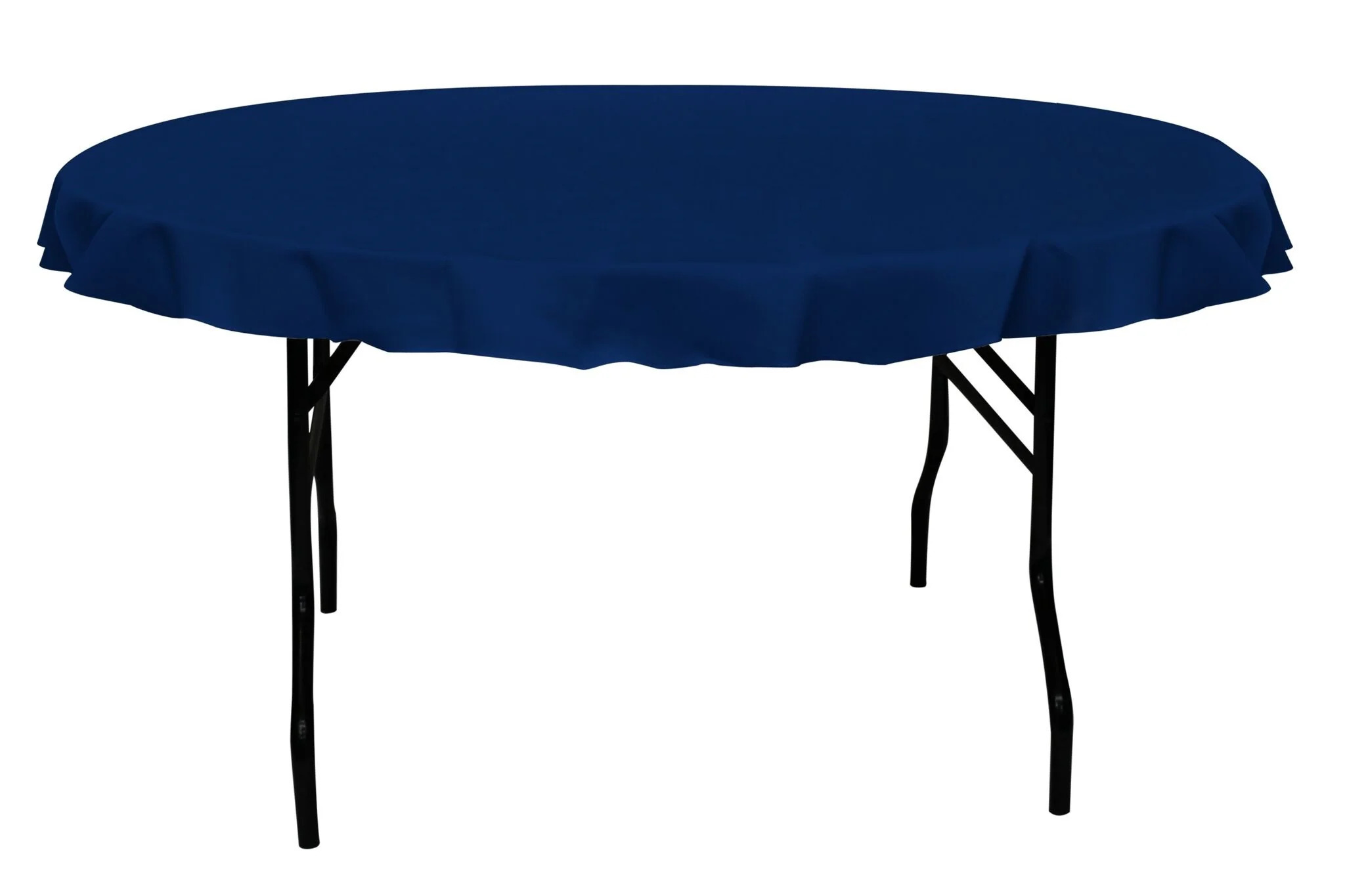
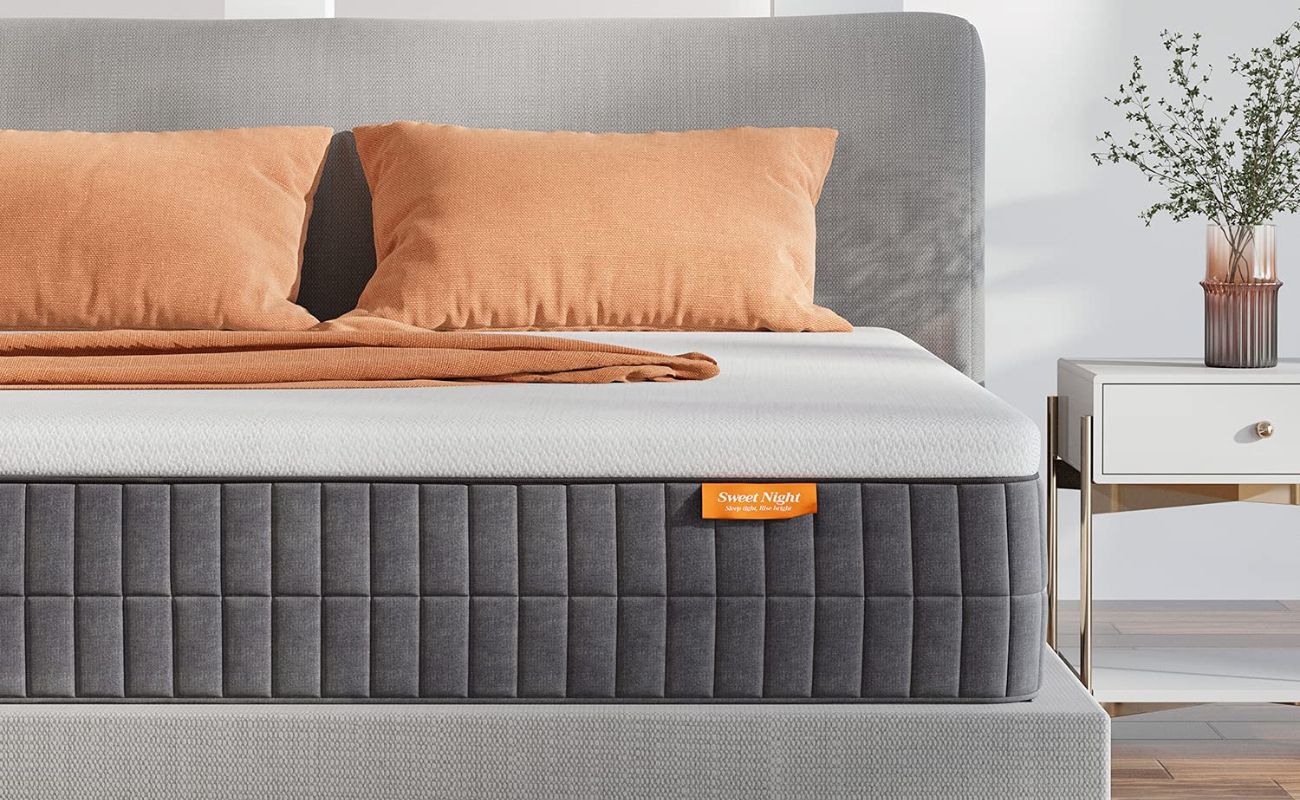
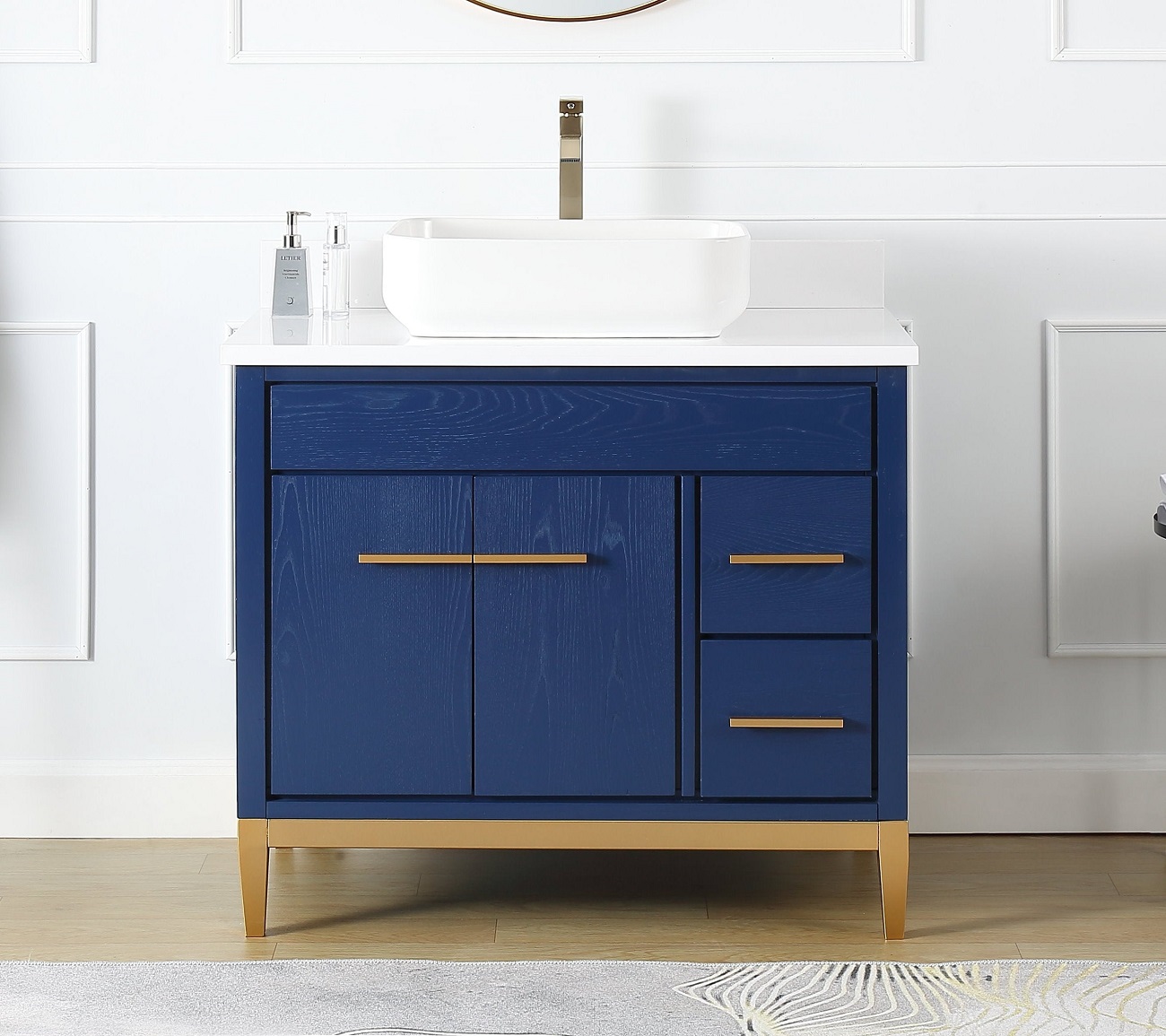


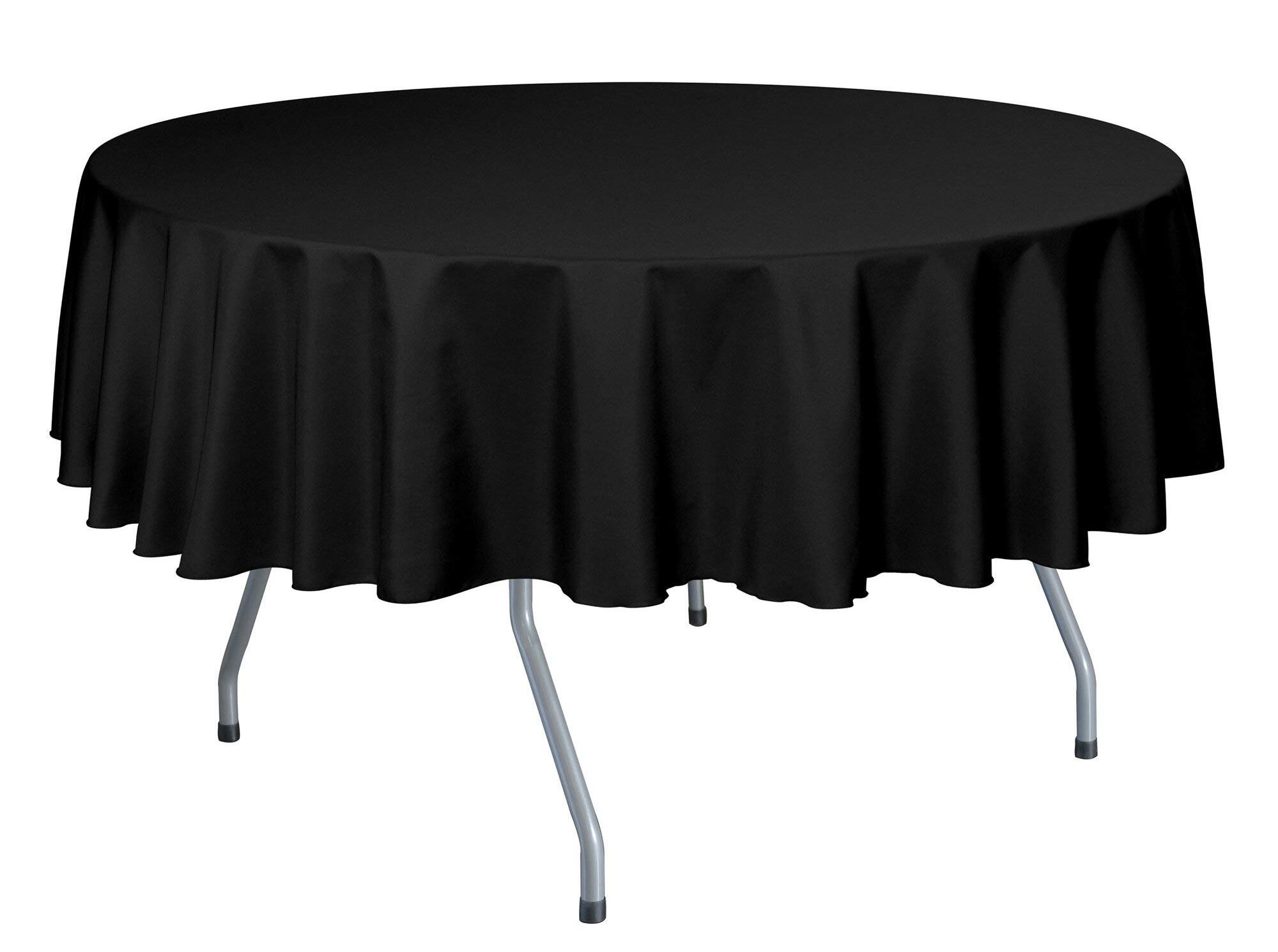
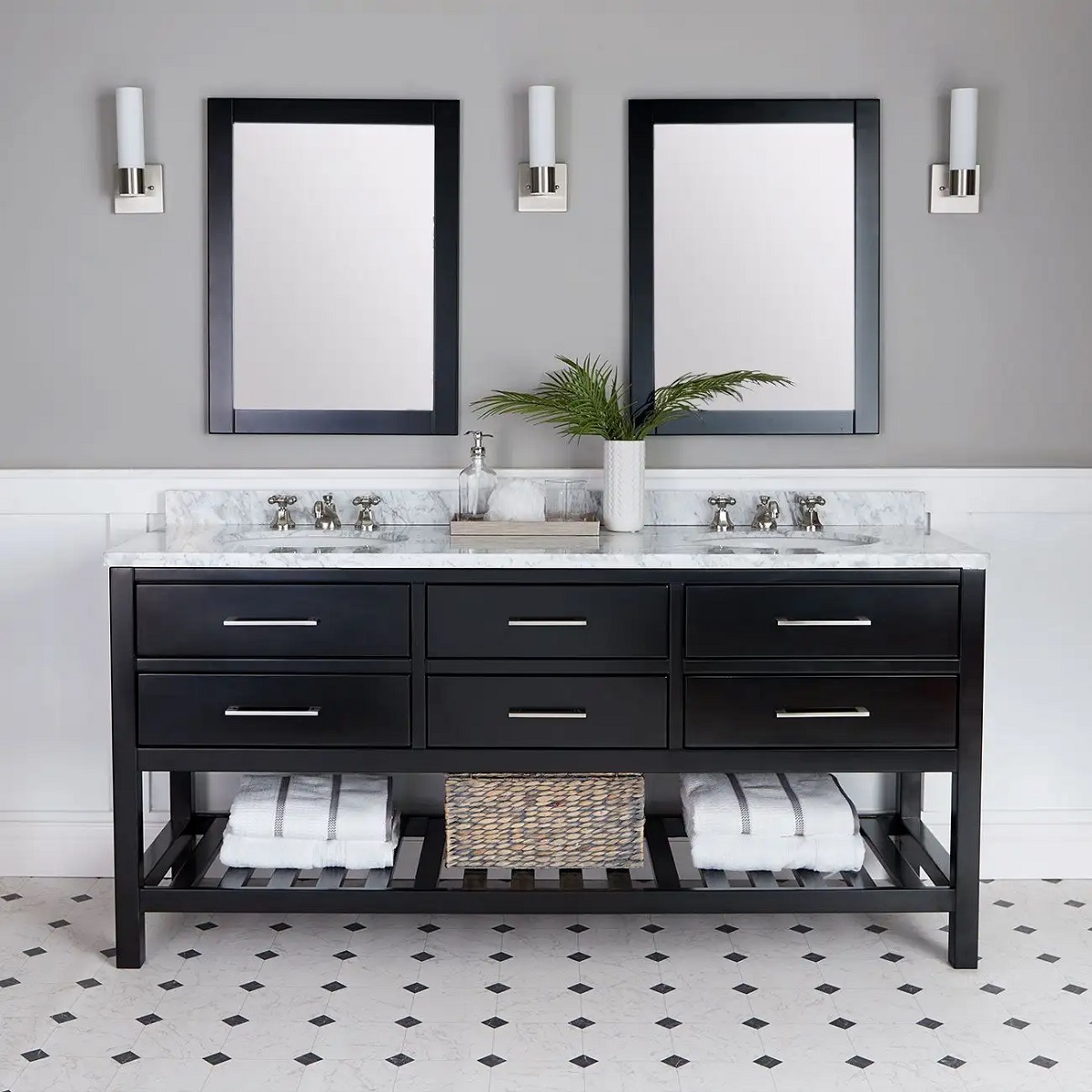
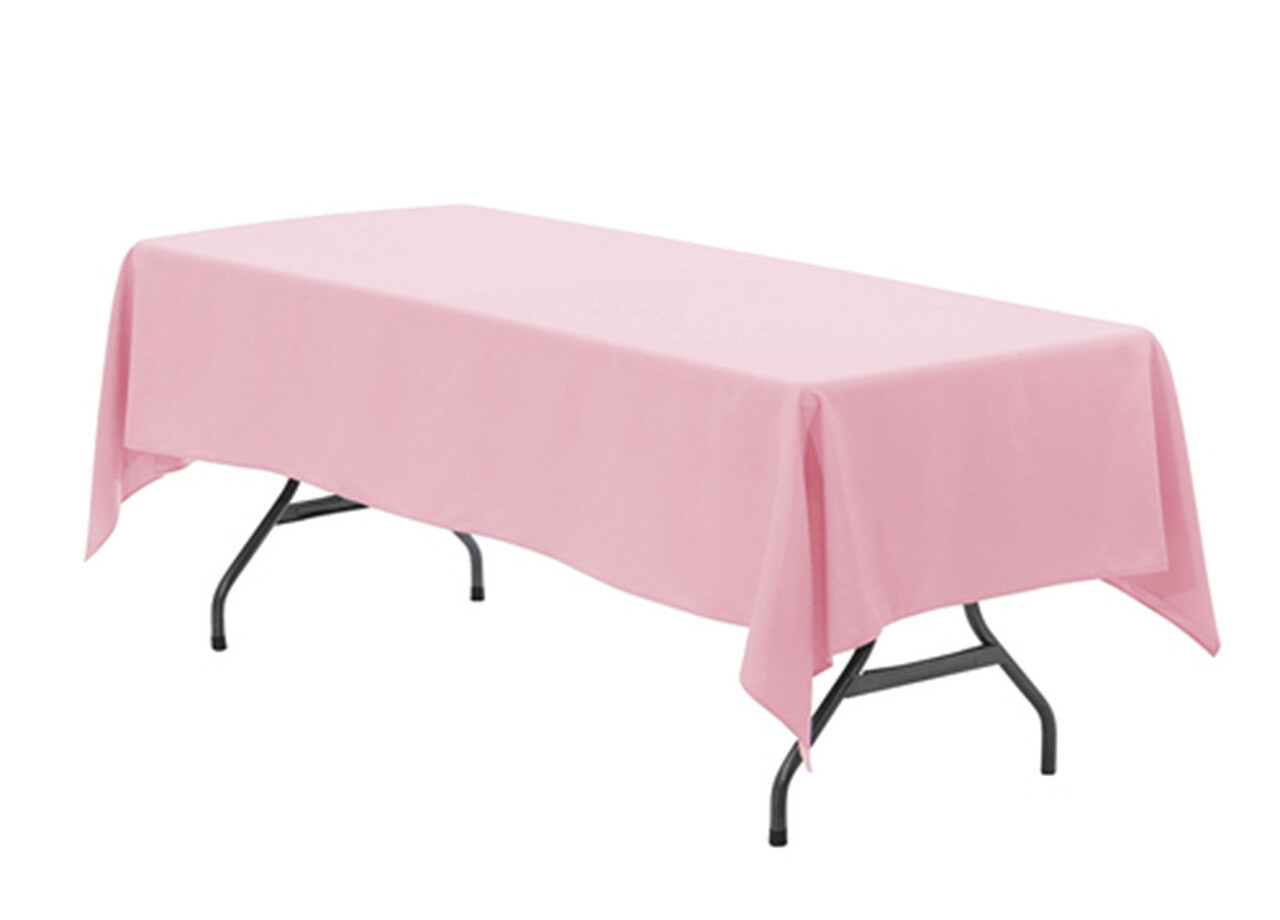


0 thoughts on “What Size Sink Fits A 30-Inch Cabinet?”